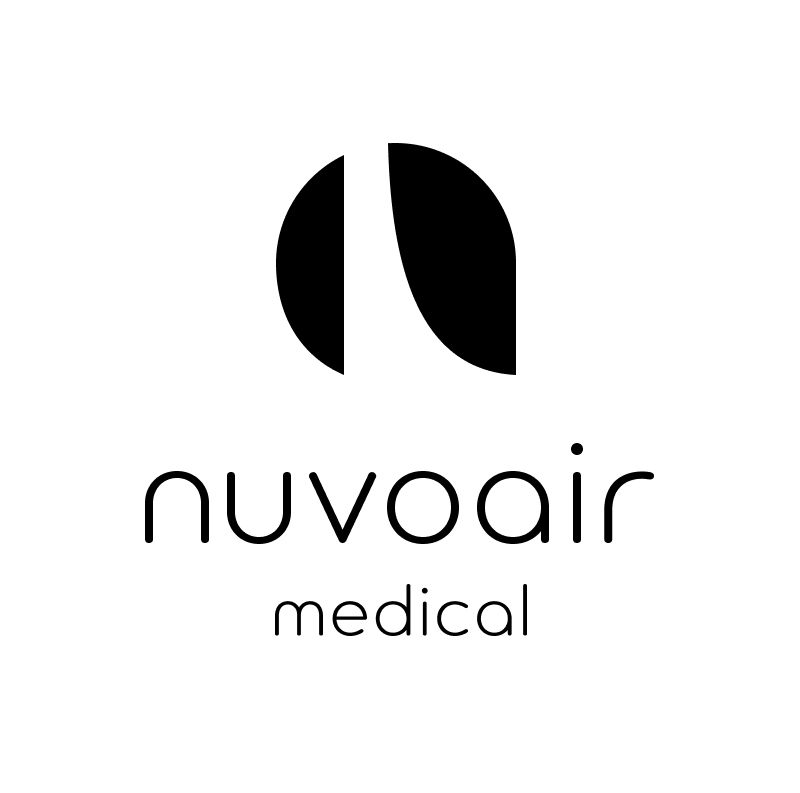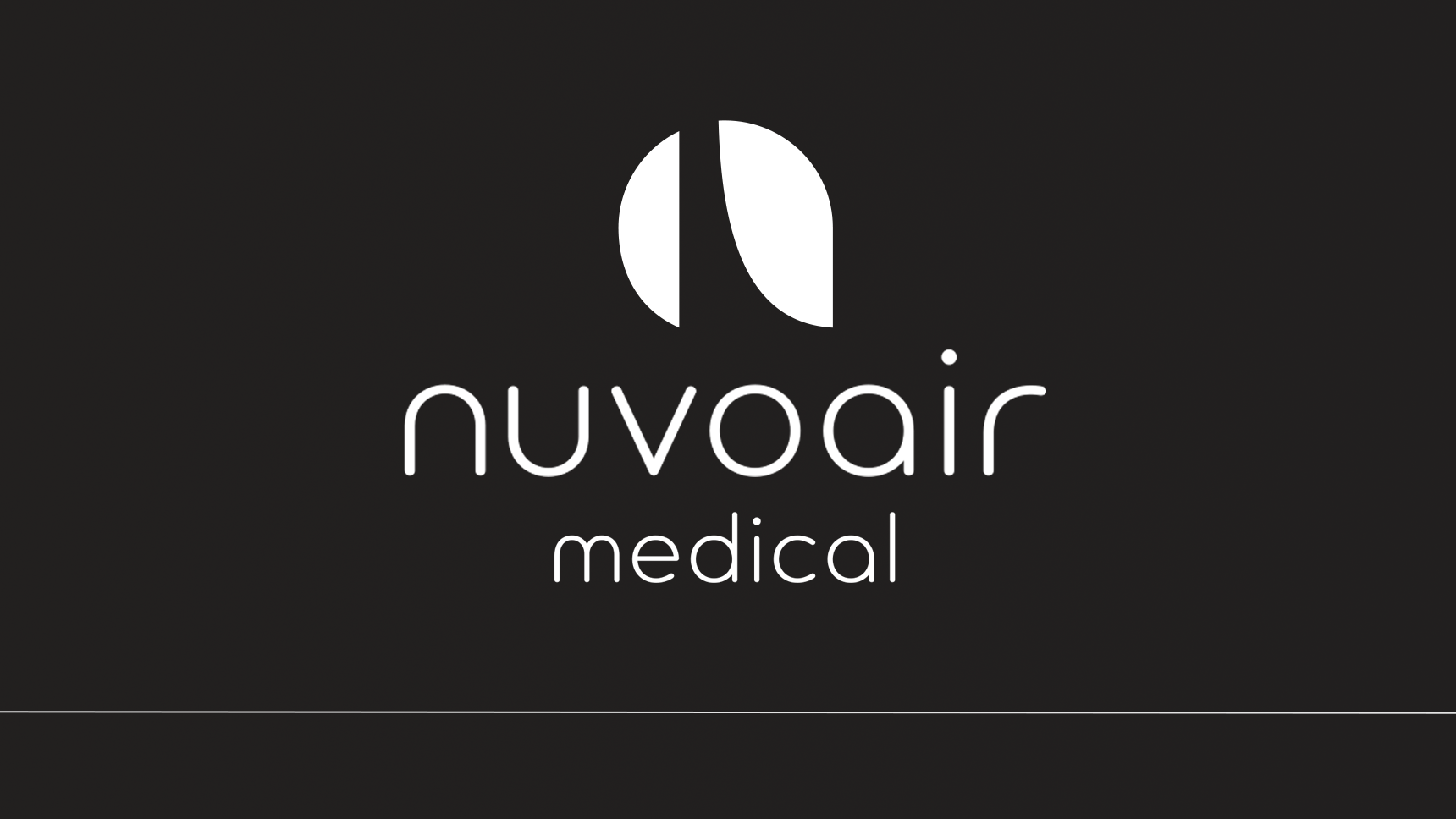Reclaiming Engagement with Data-Driven Care
Reclaiming Engagement with Data-Driven Care
If you’ve ever tried helping someone make a lifestyle change, quit smoking, exercise more, take medications regularly, you know how hard it is to have them stay engaged. In healthcare, engagement is everything. The most sophisticated care plans in the world won’t move the needle unless patients actively participate.
At NuvoAir, we believe deeply that better engagement leads to better outcomes. But knowing who is truly engaged, and more importantly, who’s at risk of disengaging, is far from obvious. That’s where machine learning comes in.
This isn’t about flashy artificial intelligence tools or large language models. It’s about applying predictive models in smart, targeted ways to support our care teams and reach patients when it matters most.
Engaged patients build trusting relationships with their care team. They respond to messages, complete tasks, follow-up with providers and share vital data, allowing our clinical teams to detect exacerbations before it’s too late. Disengaged patients fall through the cracks, often leading to unnecessary ER visits, worsening conditions, and missed opportunities for preventive care.
We wanted to answer a very simple question:
Can we predict if a patient will disengage before it actually happens?
Our data science team trained a machine learning model using anonymized data from over 2,000 NuvoAir patients. By analyzing a patient’s activity over the past 3 months, things like completed questionnaires, remote monitoring (SpO₂, heart rate), care plan reviews, and interactions with care coordinators, we could estimate their likelihood of disengaging in the coming month.
Importantly, we focused only on patients who had been active in recent months. Those already dormant were excluded, as the goal was to prevent disengagement, not state the obvious.
How It Works (In Simple Terms)
- We analyzed patient data month by month from August 2023 to May 2025.
- Using this data, we trained a Random Forest model to spot behavioral patterns that typically precede disengagement.
- The model considers dozens of features, including:
-
- Time spent reviewing care plans
- Whether patients submitted SpO₂ data
- Participation in calls or video visits
- Activity on two-way messaging
- Whether patients attended a pulmonary rehabilitation session
Once trained, we tested the model on unseen data from June 2025 to see how it would perform in the real world.
Results That Matter
We designed the model to prioritize recall, that is, to catch as many patients at risk of disengaging as possible, even if that meant accepting a few false alarms. Why? Because in healthcare, missing someone who’s slipping away is far more costly than checking in on someone who turns out to be fine.
This is how our first iteration of the model performed on new, unseen patient data:
- 65% of the patients who actually disengaged were correctly identified in advance.
This is the standout metric. In practice, catching 6 out of 10 patients before they disengage is a powerful lever, especially when your goal is to intervene early. In healthcare, even catching 30 or 40% would be useful, so 65% is strong for a first iteration. - 41% of the patients flagged by the model did end up disengaging.
While not every alert was spot-on, the model provided strong signals that someone was moving in the wrong direction. This might look modest at first, but it’s actually expected in models optimized for recall (catching as many at-risk patients as possible). Precision is about how many of your predictions were right. Here, it means: if we flagged 100 patients as “likely to disengage,” about 41 really did. That may sound low, but it’s still better than guessing, and the tradeoff was intentional to avoid missing the truly at-risk ones. In a clinical setting, a 41% precision still saves your care team massive time compared to random outreach, and if the model is fast, cheap, and scalable, the ROI is even better. - The model was especially accurate when predicting who would stay engaged. We can tell with high confidence which patients are stable, allowing care teams to focus their time where it's most needed.
In practice, this means our care coordinators don’t have to guess who might be at risk. They can rely on data-driven prioritization to reach out early, re-engage meaningfully, and ultimately reduce patient churn.
What’s Next
This is just the beginning; our first iteration of the model.
With these predictions, our care coordinators can now prioritize outreach, tailor interventions, and personalize the patient journey and ultimately lead to better health outcomes.
Engagement is the foundation of everything we do at NuvoAir. And with the help of thoughtful, explainable AI, not magic, we're building tools that help our teams intervene earlier, more intelligently, and with greater empathy.


.jpg)

.png)
